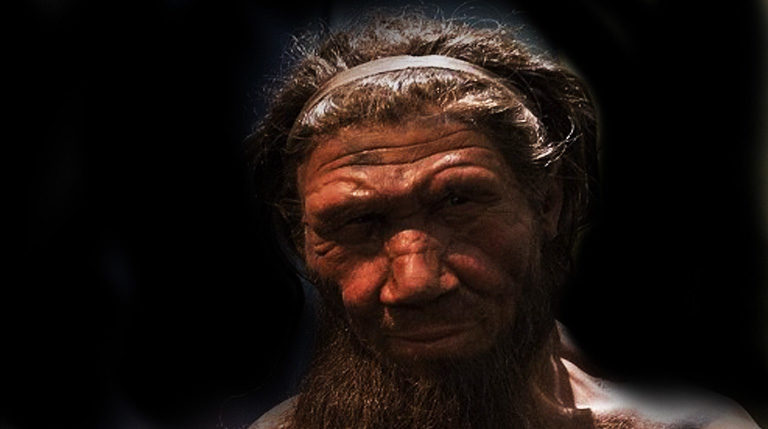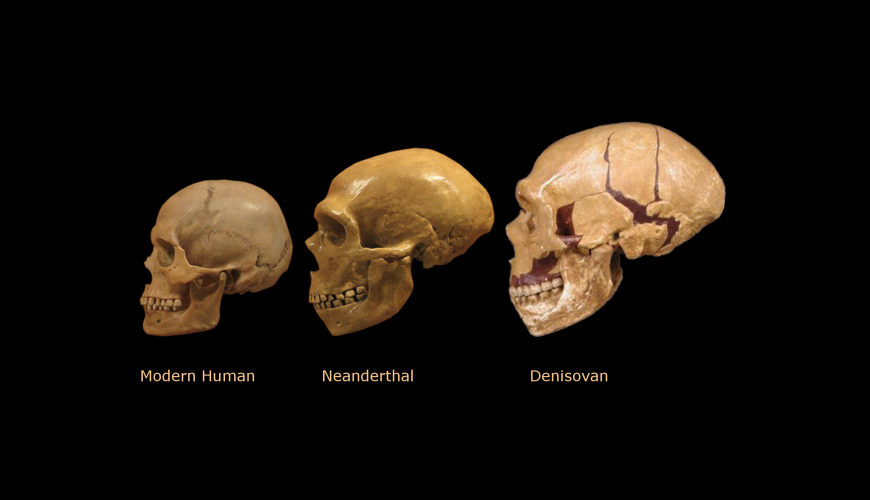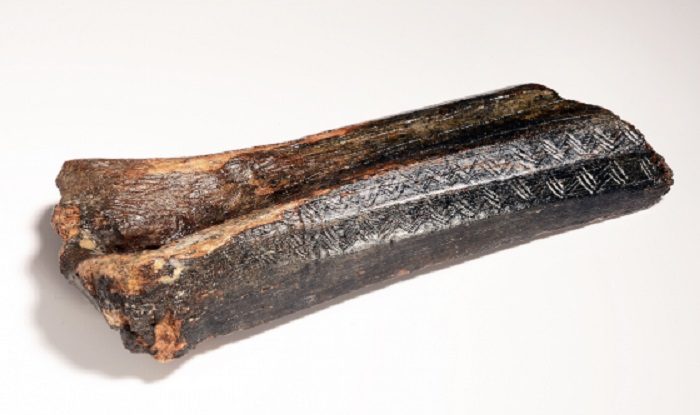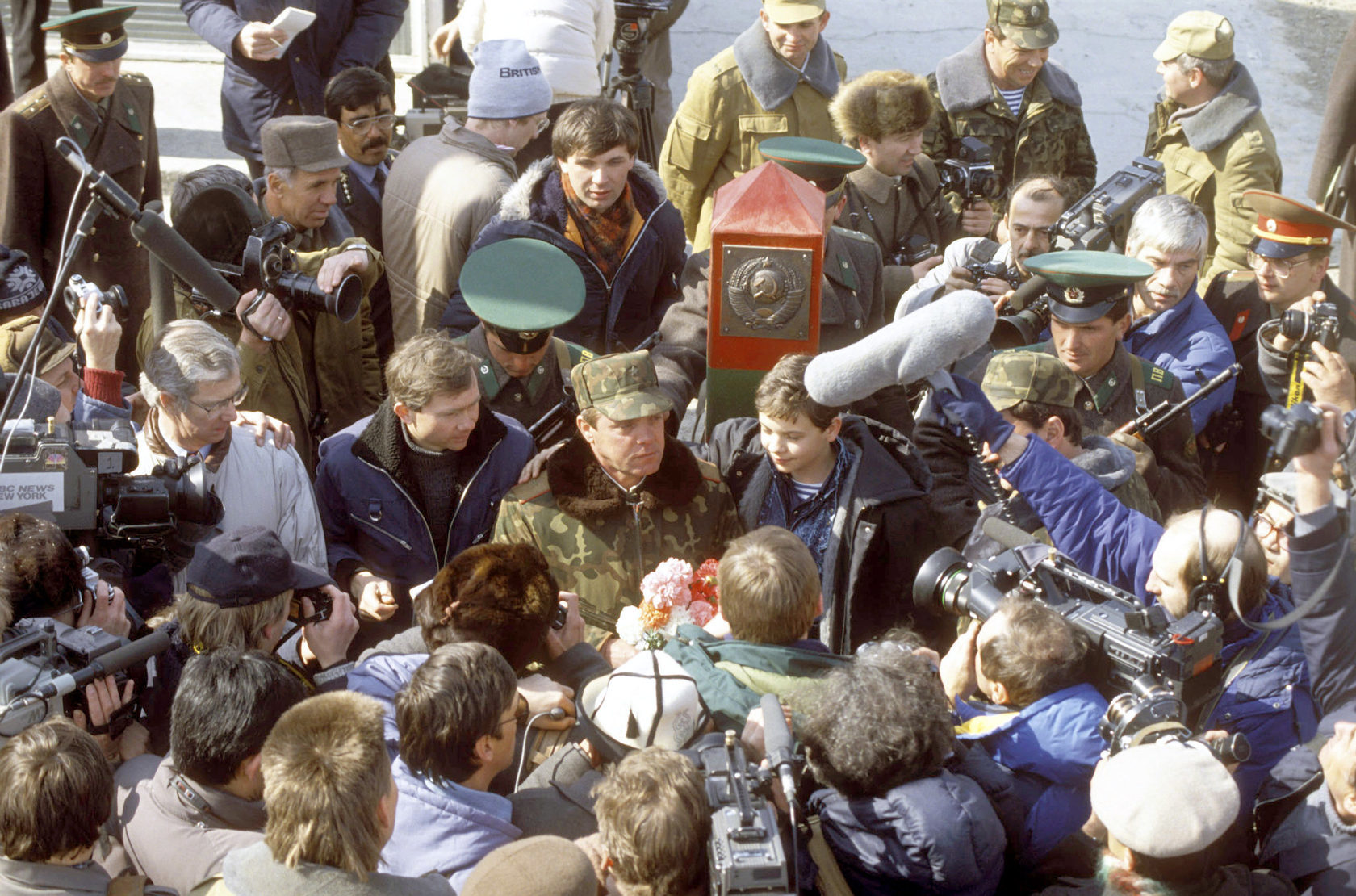Groundbreaking lidar scanning reveals the true scale of Angamuco, built by the Purépecha from about 900AD
© C FisherOne of Angamuco’s ‘neighbourhoods’, revealed using light detection and ranging scanning.
Archaeology might evoke thoughts of intrepid explorers and painstaking digging, but in fact researchers say it is a high-tech laser mapping technique that is rewriting the textbooks at an unprecedented rate.
The approach, known as light detection and ranging scanning (lidar) involves directing a rapid succession of laser pulses at the ground from an aircraft.
The time and wavelength of the pulses reflected by the surface are combined with GPS and other data to produce a precise, three-dimensional map of the landscape. Crucially, the technique probes beneath foliage - useful for areas where vegetation is dense.
Earlier this month researchers revealed it had been used to discover an ancient Mayan city within the dense jungles of Guatemala, while it has also helped archaeologists to map the city of Caracol - another Mayan metropolis.
Now, researchers have used the technique to reveal the full extent of an ancient city in western Mexico, about a half an hour's drive from Morelia, built by rivals to the Aztecs.













Comment: See Also: